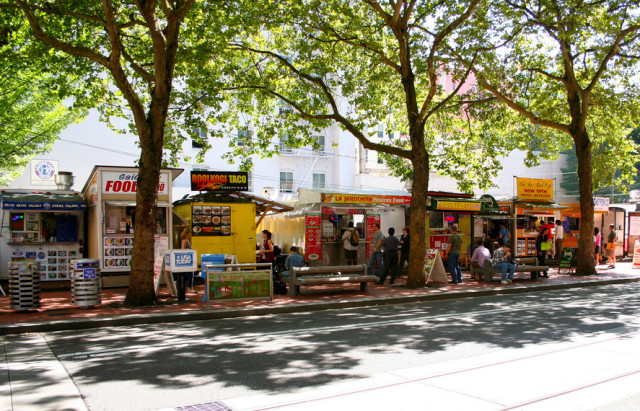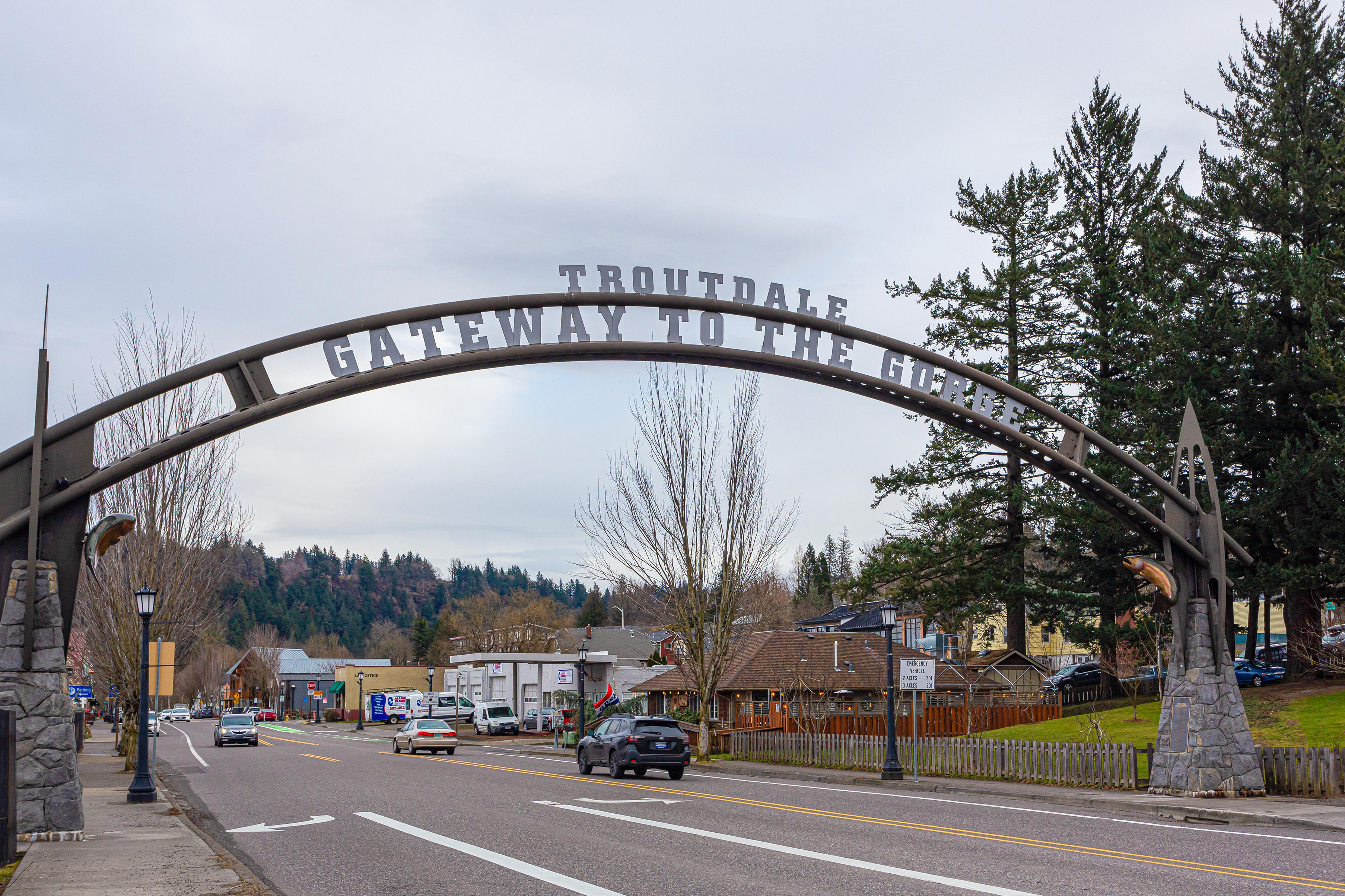Has the Food Cart Bubble Burst?

Image: Courtesy John Dalton
Before you throw a fried egg-laden, double-grilled-cheese hamburger at my head, let me be clear: food carts are a godsend.
1. They allow potentially talented chef-entrepreneurs to share their wares with the world. Often, cart food is leagues beyond what you’ll find in a restaurant in terms of creativity and economy.
2. They are a major driver of Portland’s tourist industry. Where would Portland be without Burrasca’s Florentine grandma food, or People’s Pig’s wood-fired wild boar sandwiches?
But the low-cost, low-risk food cart blessing is also a curse. Sure, it's still a democracy, but unlike restaurants, which require significant capital and foresight, food carts aren’t forced through the same natural selection, survival of the fittest rigmarole that keeps the brick and mortar population down.
And it’s getting worse. In our opinion, if there are 500 Portland food carts rotating in and out at any given time, maybe 10% of them are crave-worthy, thought provoking, or unique to the market. Because of the growing number, and because of their proven success (Step 1: purchase airstream trailer, Step 2: profit), the discrepancy in that ratio is getting wider. And, of course, many of the stalwarts—Lardo, Sok Sab Bai, Fifty-Licks—have abandoned their carts for greener pastures.
We are left wading through a sea of edible garbage, hunting down those rare moments of exceptional, affordable eating. Do we really need another kindergarten-level, bacon-themed cart? A greasy bahn-mi-noodle house? What about another Japanese-Chinese-Korean-Mexican taco truck?
Whose job is it to keep the carts in line? The pod owners? The general public? Should we sanction some sort of food cart oversight committee? Let us know in the comments below.




